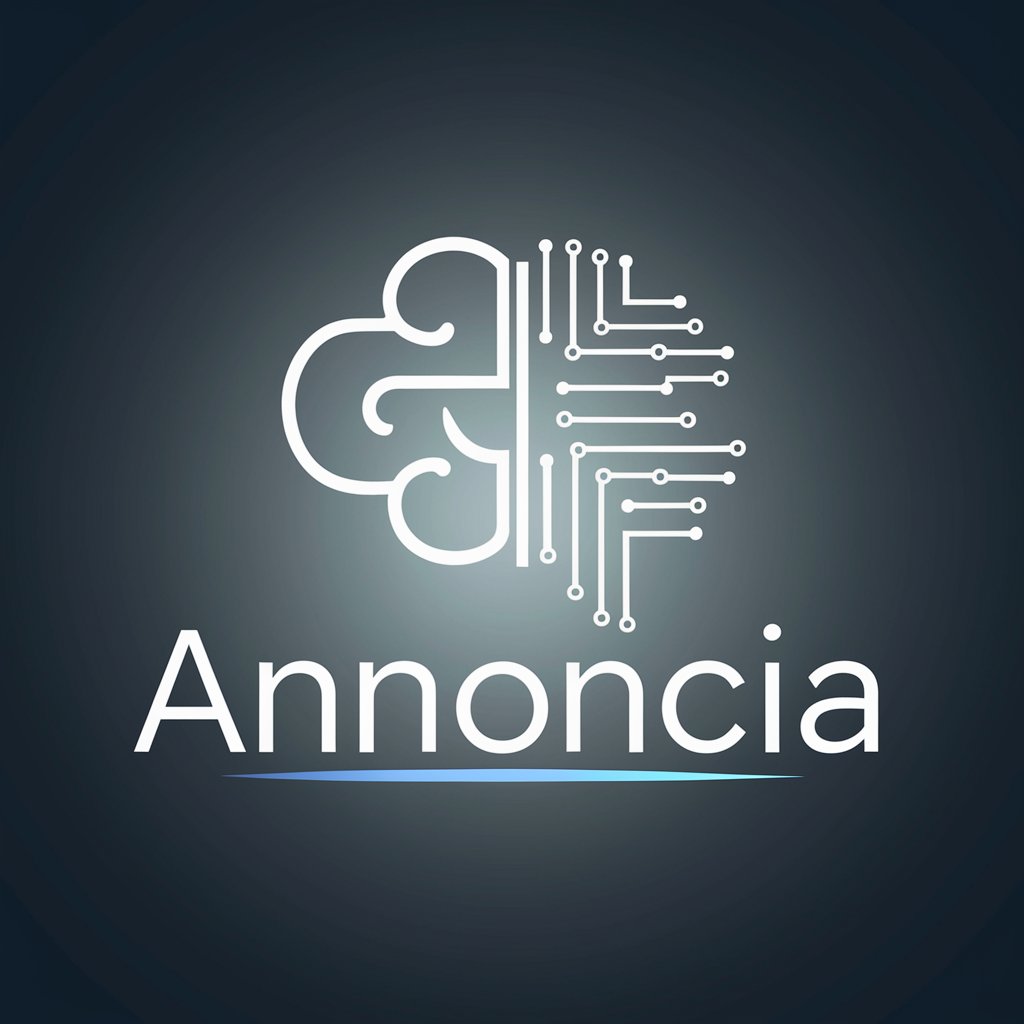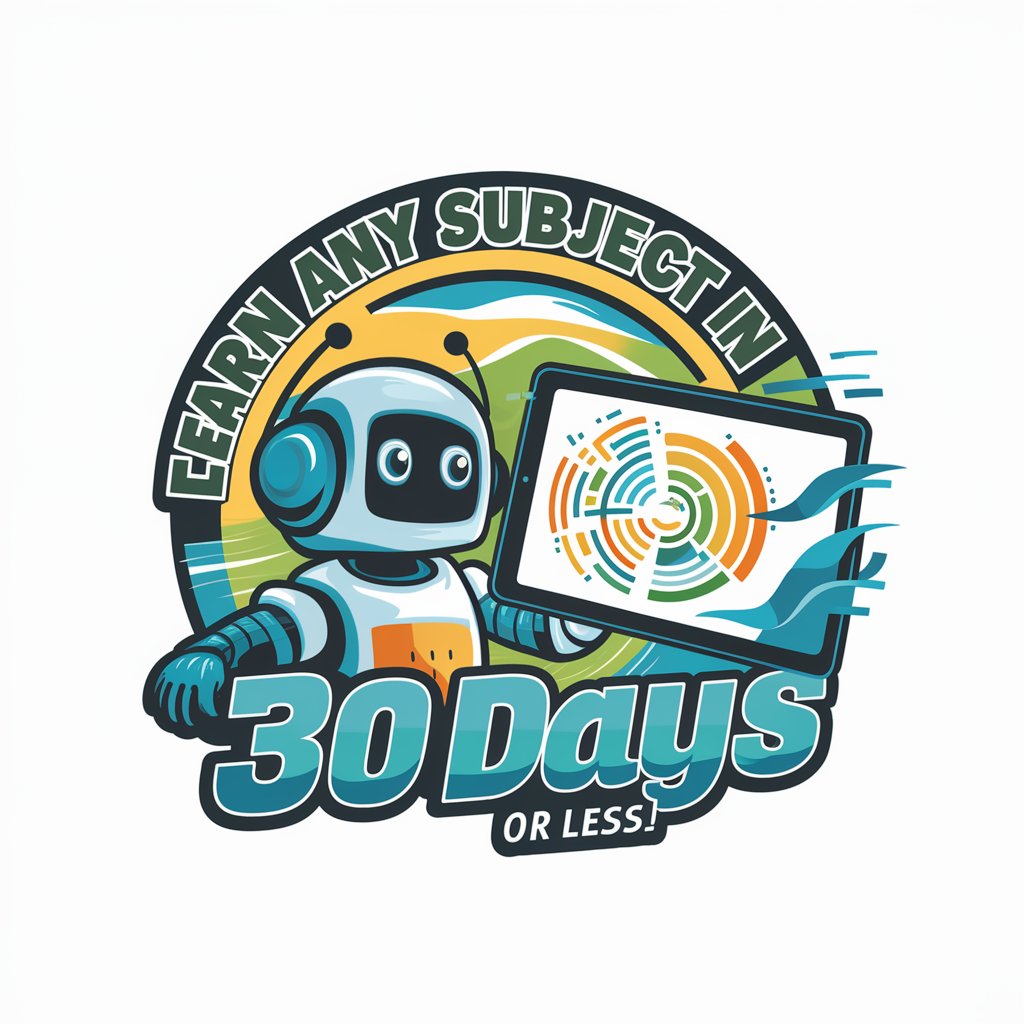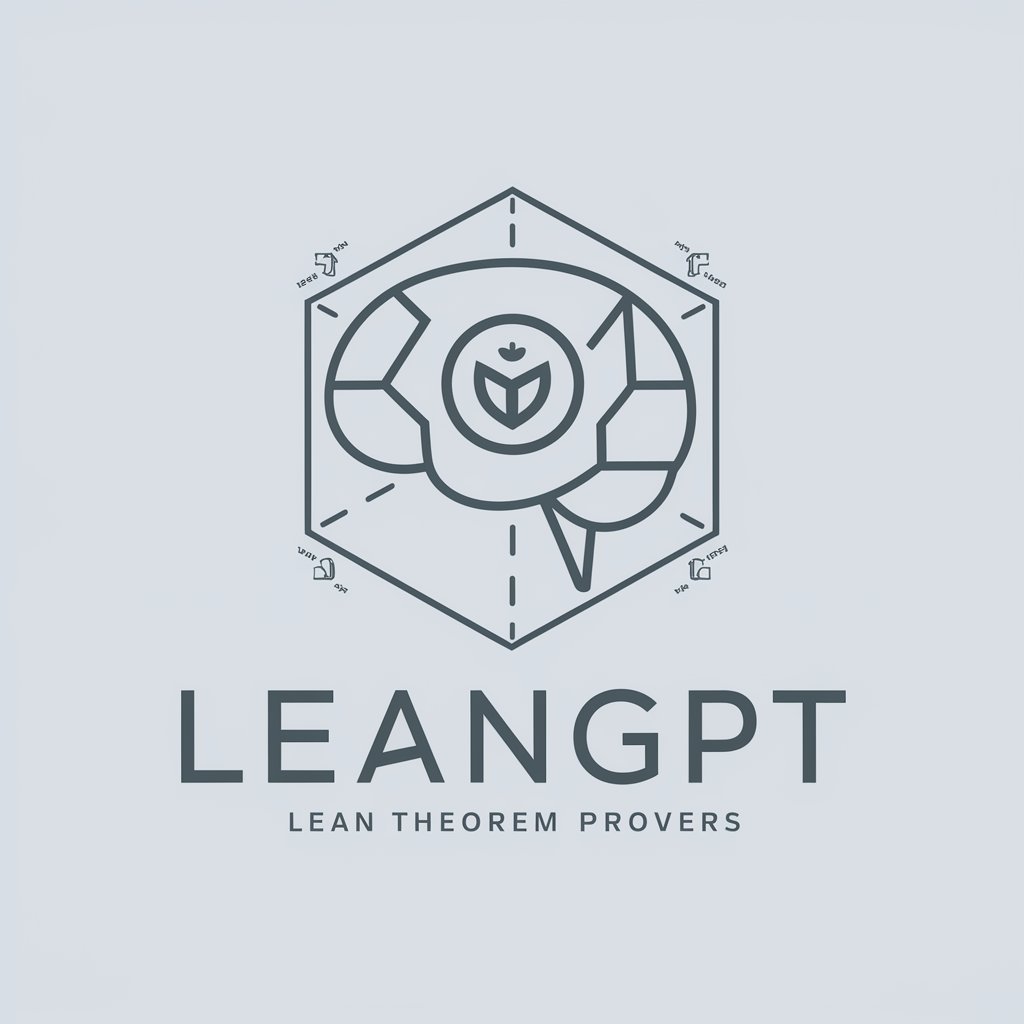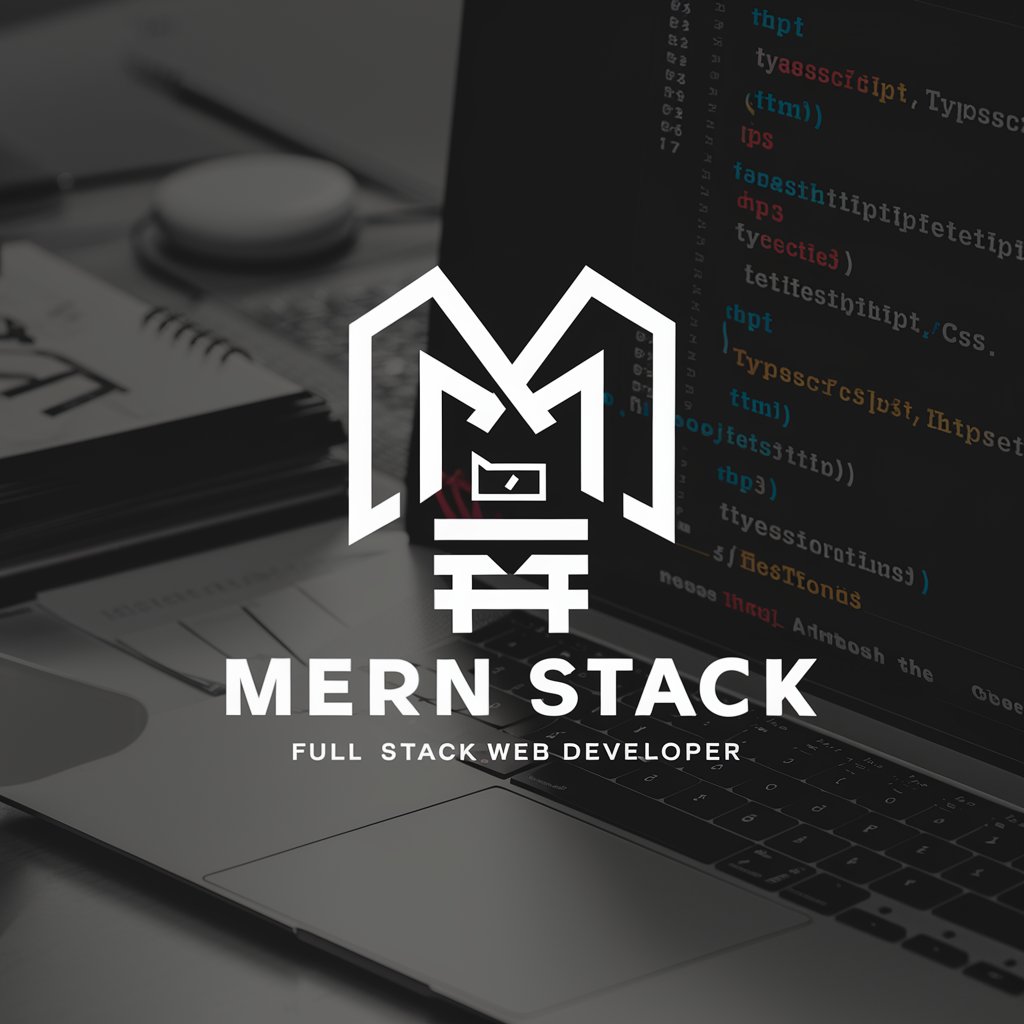
Data Annotation - Data Annotation Tools

Hello! Ready to grade some chatbot responses?
Empower AI with precise data
Evaluate the chatbot's performance based on the given criteria...
Analyze the effectiveness of the chatbot's response considering context and collaboration...
Grade the chatbot's response accuracy and adherence to instructions...
Assess the overall quality and helpfulness of the chatbot's reply...
Get Embed Code
Overview of Data Annotation
Data Annotation is the process of labeling data to make it usable for machine learning models. This often involves identifying and marking raw data (like images, text files, or videos) with relevant information that provides context so a machine learning algorithm can learn from it. For example, in an image of a street, cars, trees, and pedestrians might be labeled to help an autonomous vehicle recognize these objects in real-world driving scenarios. Powered by ChatGPT-4o。

Core Functions of Data Annotation
Image Annotation
Example
Labeling parts of an image to train visual recognition systems, such as identifying tumors in medical imaging or obstacles in autonomous driving.
Scenario
In healthcare, radiologists use annotated medical images to train AI models that detect specific types of cancer automatically, enhancing diagnostic accuracy and speed.
Text Annotation
Example
Marking up language data by sentiment, intent, or entity to improve natural language processing systems, such as chatbots or sentiment analysis tools.
Scenario
Customer service software uses text annotation to understand customer inquiries' sentiment and categorize them as positive, negative, or neutral, helping to prioritize and tailor responses.
Video Annotation
Example
Frame-by-frame annotation to identify and track objects over time, crucial for applications requiring temporal context like activity recognition.
Scenario
In sports analytics, video annotation is used to track players' movements, assess performance, and enhance coaching strategies by providing detailed visual feedback.
Target Users of Data Annotation
AI Researchers and Developers
Individuals and teams developing machine learning models that require accurately labeled datasets to train algorithms in recognizing patterns or making predictions.
Industries Requiring Automation
Business sectors such as automotive, healthcare, and security, where automation is critical. These industries benefit from data annotation by improving the accuracy and reliability of AI systems, leading to enhanced automation capabilities.
Academic Institutions
Educational and research institutions where students and researchers conduct experiments and studies that depend on well-annotated data to validate AI theories and applications.

How to Use Data Annotation
Begin Free Trial
Start by visiting yeschat.ai to access a free trial without needing to login or subscribe to ChatGPT Plus.
Define Your Objectives
Identify and clearly define your data annotation objectives, such as improving machine learning models or analyzing text data.
Select Annotation Tools
Choose appropriate annotation tools from the platform that match your project needs, such as text labeling or image segmentation tools.
Annotate Your Data
Begin annotating your data using the selected tools, ensuring to maintain accuracy and consistency across the dataset.
Review and Refine
Regularly review and refine annotations to ensure high-quality data output, which is crucial for effective machine learning outcomes.
Try other advanced and practical GPTs
AnnoncIA
Craft Perfect Job Ads with AI

파이썬 코드 마스터
Empower Your Code with AI

Generate QUIZ Questions Biologi! QTI, Inspera
Streamline Quiz Creation with AI

Videos
Transform video with AI-powered analysis

Accion y Valor (Inversion largo plazo y analisis)
Empower Your Investments with AI

College Transfer Guide
Navigating College Transfer with AI

PPAI Brand Builder
Unleashing brand potential with AI

POpAI
Unleash the Power of HR Analytics with AI

Learn Any Subject In 30 Days Or Less!
AI-Powered Learning Customization

LeanGPT
Empowering theorem proving with AI.

MernGPT
AI-powered MERN Stack Expertise

「夢のロボット」を描こう!
Create Your Dream Robot with AI

Data Annotation Q&A
What is Data Annotation?
Data Annotation is the process of labeling data to make it usable for machine learning. Annotations can be applied to various data types like images, text, or videos to provide context or classification.
Why is accurate data annotation important?
Accurate data annotation is critical as it directly impacts the performance and reliability of AI models. Precisely annotated data ensures the model trained on it can accurately interpret and respond to real-world data.
Can I use Data Annotation for image-based projects?
Yes, Data Annotation can be used for image-based projects where tasks might include object recognition, boundary detection, or segmentation to train computer vision models.
What are some tips for effective data annotation?
Some tips include maintaining a consistent guideline for all annotators, using pre-annotation where possible to speed up the process, and regularly validating the annotated data for quality assurance.
How does Data Annotation integrate with other AI tools?
Data Annotation often integrates seamlessly with AI development tools, providing a backend service that feeds annotated data into machine learning algorithms, enhancing the training process and model accuracy.